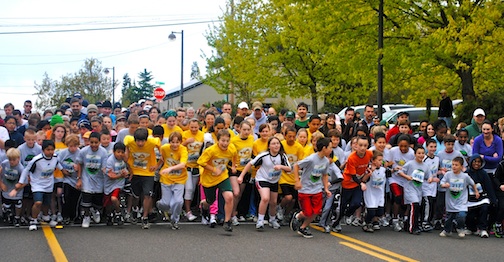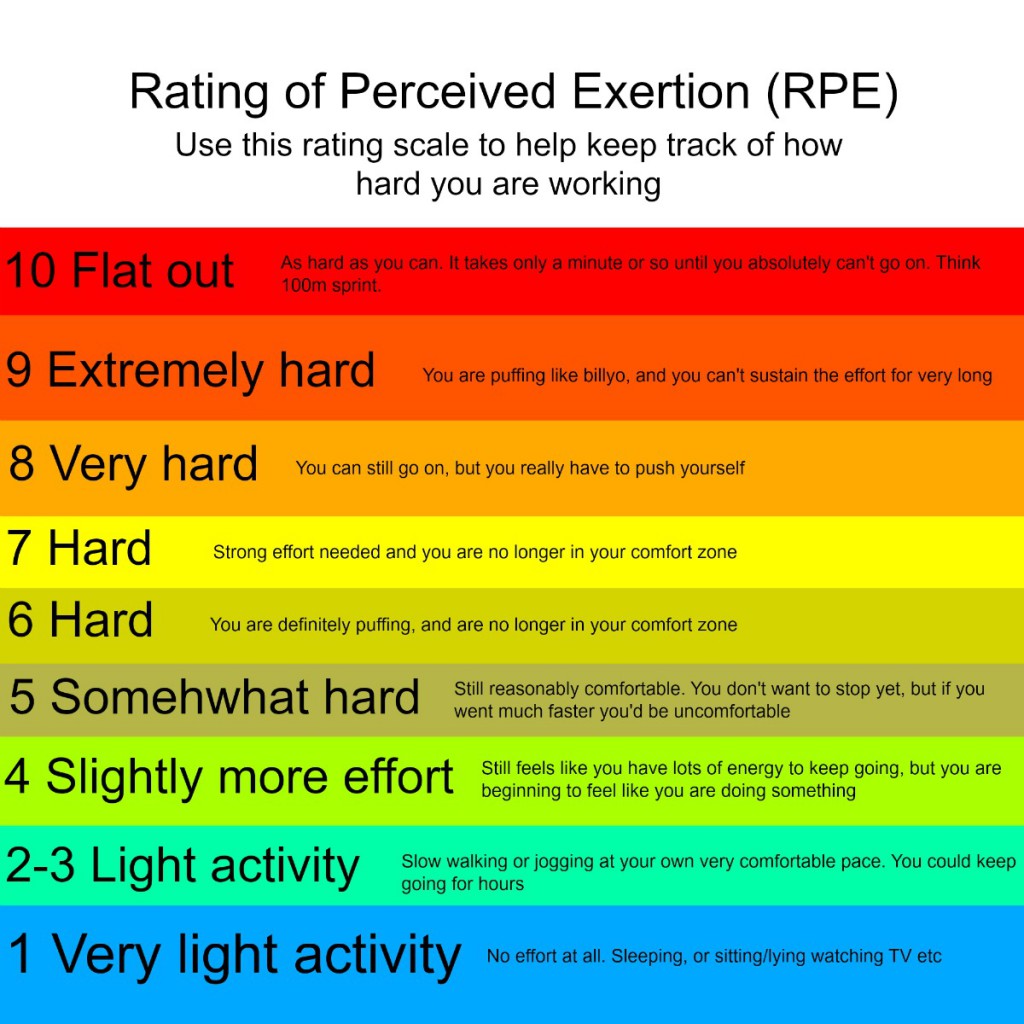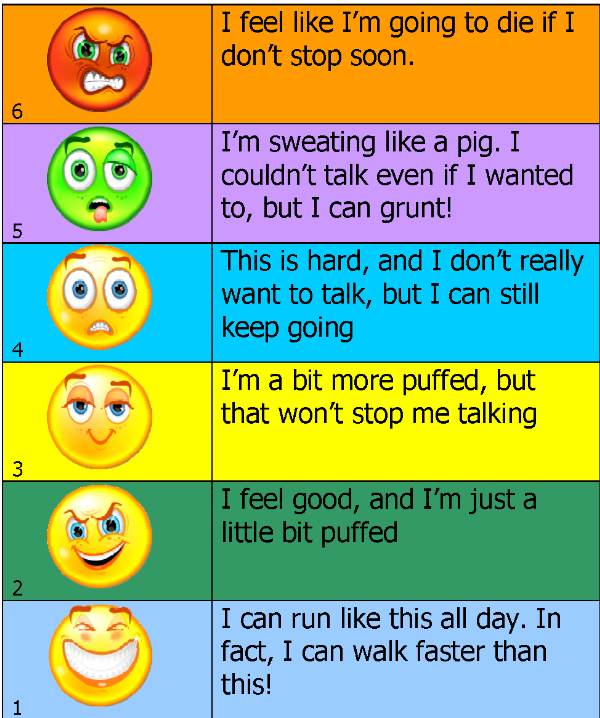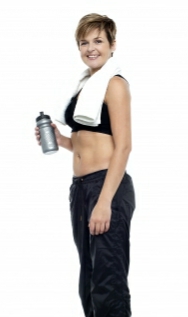You want to get your breath back. And quickly. Your crotchety old coach is telling you to stand up straight, when every part of you wants to bend over with your hands on your knees and keep gasping until you get your breath back. So, who’s right? The athlete who wants to bend over for a minute to get their breath back, or the coach who wants them to stand up straight to get more air into their lungs?
I’m like most people. I like good bend over to pull myself together after a hard workout. I have tried the standing up straight alternative, and it’s not good. Back in my surfboat rowing days we’d do are darnedest to stand up straight after a race, no matter how bad we felt. Not because we thought it had any physiological benefits, but because it sent a powerful message to our opposition, if we could convince them we weren’t puffed. Having tried both, I can definitely say my initial recovery is always quicker when I’m bending over.
Why would that be? It seems illogical. You want to get your breath back. You want to get more air into your lungs right? And if you stand upright, your lungs have a greater capacity for expansion, and you recover quickly. Right?
Well, yes, you probably will get more air into your lungs if you stand up straight with your hands behind your head, but are we starting with the right premise here?
Let’s look at what happens when you exercise.
- Your muscles demand more energy
- For all but very short, intense exercise, this demand is met in an aerobic environment
- That means your body needs oxygen (O2) to produce energy
- A by-product of aerobic energy production is carbon dioxide (CO2)
- At lower levels of exercise intensity,CO2 is produced at a lower rate than the rate at which we take in oxygen. At very low levels of intensity, the least amount of CO2 produced is 700 mls, for every litre of oxygen.
- As exercise intensity increases, the rate of CO2 production increases.
- As intensity continues to rise, your body needs more energy, which means it also consumes more oxygen.
- Consuming more O2 means producing more CO2 -remember the ratio of CO2 produced, to O2 consumed riser as exercise is more intense
- At higher levels of intensity the body can produce about 1 litre of CO2 for every litre of oxygen consumed-so we’re looking at about a 40% increase in the amount of CO2 produced per litre of oxygen needed to produce energy.
What does that have to do with how to get your breath back?
We have to get rid of all that excess CO2 somehow, and the main way the body does that is through expired air – that is by breathing out. When you’re exercising, your body wants to do two things (relative to your breathing): get rid of excess CO2 from the blood as quickly as possible, and re-oxygenate your blood, so that blood can be taken to the working muscles to deliver oxygen.
The limiting factor is the expulsion of CO2, not the amount of oxygen you can get into your lungs. So when you breathe hard, it’s more to get CO2 out, than O2 in.
Even if standing up straight and expanding your chest does open up your lungs to the possibility of more oxygen getting in, you need to get rid of the CO2 first.
When you stop exercising, your body still wants to get rid of CO2 quickly, to enable it to get oxygen into the blood. Problem with this is, that when you exercise, blood goes to the working muscles. When you stop running, blood will have a tendency to stay in the leg muscles, as the muscles are no longer expanding and contracting, and working as a pump to get the blood back to the heart. The body has to get blood back to the heart against gravity, without the aid of muscles contraction.
By bending over, you are bringing your heart and lungs lower, and making it easier for de-oxygenated blood to get back to the area, ready to be re-oxygenated.
Looking At Asthma As A Comparison
If you’re still unsure, think about the standard treatment for asthmatics. Asthma is a condition in which breathing becomes difficult because of inflammation of the respiratory passages. Air is trapped in the lungs by the swollen airways. Contrary to how it might look, the asthmatic suffering an attack, is actually having more trouble getting the air out, than in.
A part of the standard treatment for an asthma attack is not to stand the patient up and make them put their hands above or behind their head. It’s to sit the patient comfortably, usually at a table, leaning forward on their hands or forearms.
Just take a minute to do that now. Push your chair back, lean forward onto your forearms.
Feels a bit like bending over with your hands on your knees after running doesn’t it?
So if you thought it didn’t make sense to stand up straight after you’ve finished a race, or hard work effort, you were right!






